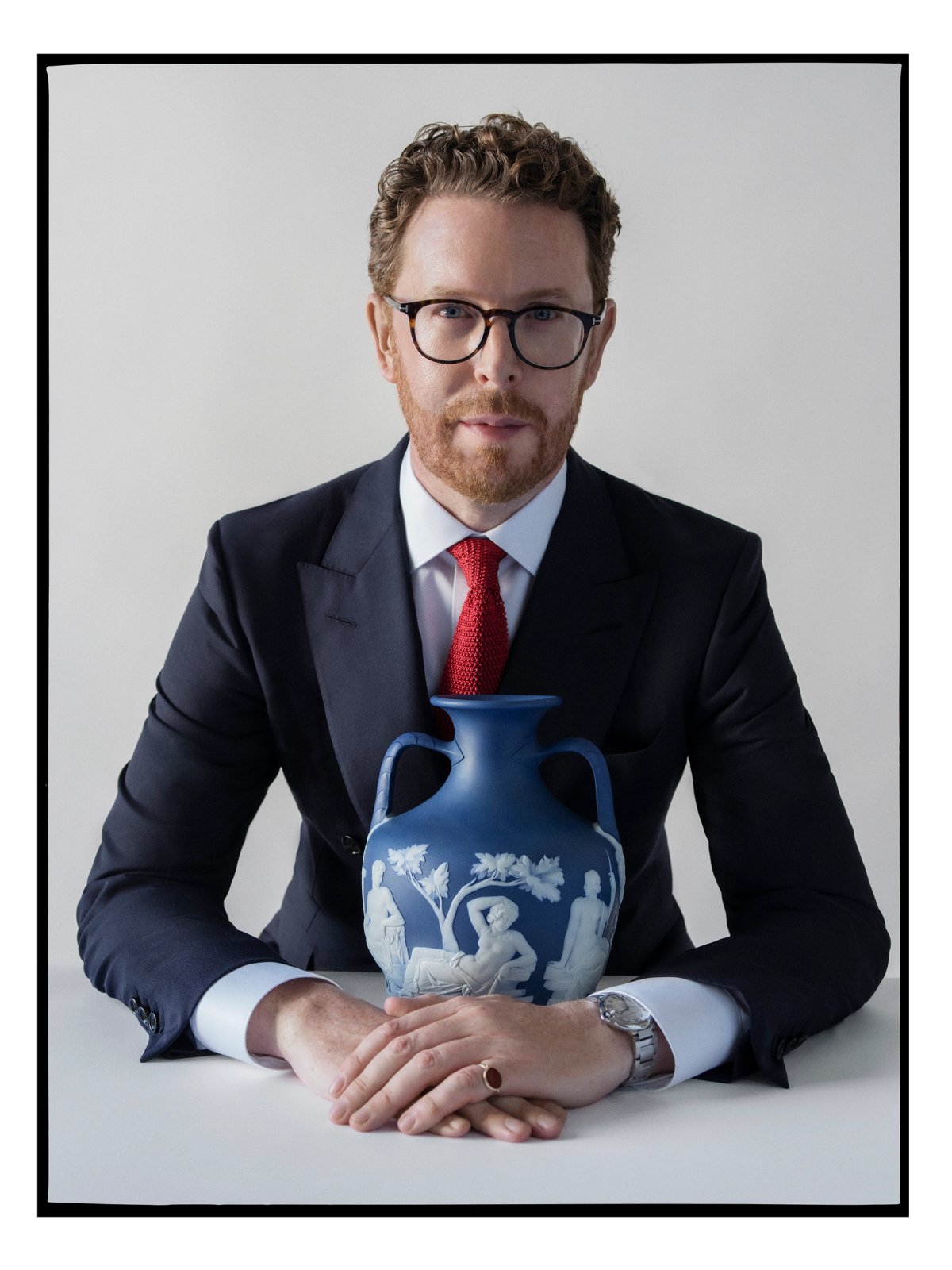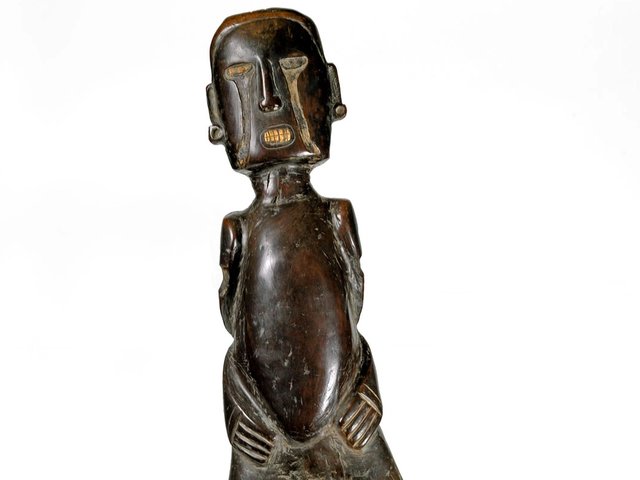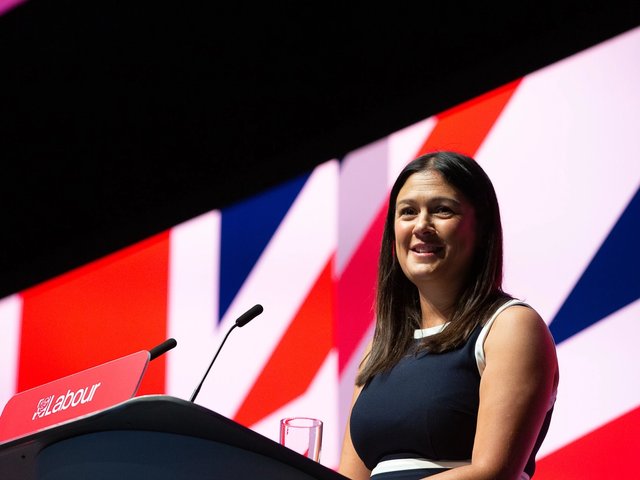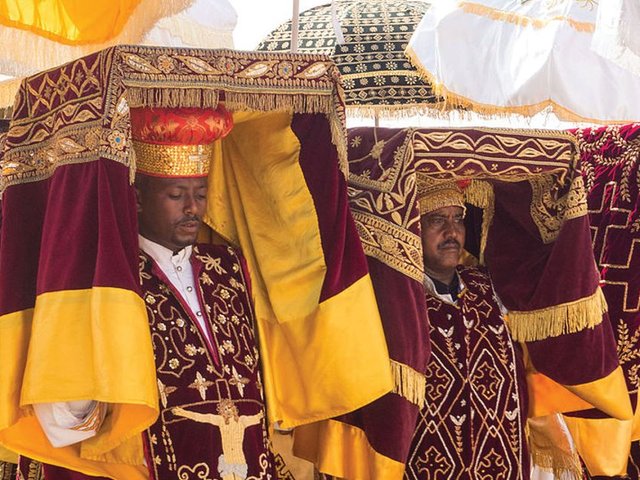For me October has always been one of the most exciting times to be in London. The Frieze art fair draws artists, collectors and curators from around the world, not only to see great art, but to experience London at its best. It reminds me why London is so special: it is a city where different ideas, people and cultures can come together from around the globe to create something truly unique.
It is in this spirit that I wanted to do something new at the British Museum. On 18 October we will host the inaugural British Museum Ball—a new annual highlight in London’s social calendar designed to champion the importance of art and culture, connection and creativity—and celebrate this city and the UK’s commitment to it.
London calling
In essence, the Ball is about harnessing—and celebrating—the incredible convening power of our capital, a city that for centuries has been a melting pot of people, trade and ideas. And what better place to host such a moment than the British Museum? The most visited building in the UK, and one of the greatest museums in the world, the museum is a physical expression of London’s cultural magnetism and its global reach, with 6.5 million visitors—60% of whom are from outside the UK.
Unlike many other European museums, our collection was not born out of a royal or religious origin but from a democratic ambition. From its foundation in 1753, the British Museum was designed to be open and free to all—“for the improvement, knowledge and information of all persons” and that it should therefore be “chiefly in and about the city of London … where they may, by the great confluence of people, be most used”. I’ve always seen this as a truly radical act of public generosity, offering a complete history of human knowledge to anyone who was interested.
Culture belongs to everyone
The idea that culture belongs to everyone, and benefits everyone, remains at the heart of everything we do. But as the museum moves toward its 300th anniversary in 2053, we want to collectively reimagine it in collaboration with a global community for the widest possible audience and future generations. That is why we are embarking on one of the most significant cultural transformation projects in the world, so we can keep serving as many people—locally, nationally and internationally—as possible. And it is also why we are hosting this inaugural Ball—to celebrate, and restate the centrality of, what culture means to all of our lives.
At our site in Camden, central London, the masterplan works will mean transforming our visitors’ experience from the point of arrival, including new welcome pavilions and gardens on the forecourt, and a total reimagining of our galleries and displays. It will mean rethinking the way we illuminate history across time and place, and creating a museum that is not only more beautiful for our visitors but also more sustainable, more accessible and more connected. The exciting appointment of Lina Ghotmeh this year as our architect is a big step towards this.
We won’t depart from our founding principles, but in everything we do we will be thinking about how to make the museum’s collection more accessible and relevant to a national and a global audience.
Beyond our London base we are already deepening partnerships across all four nations of the UK. In the past year alone, eight million people saw a British Museum object outside the capital. From long-term loans to partnership galleries, we work with over 250 organisations to ensure that our collection serves the whole country.
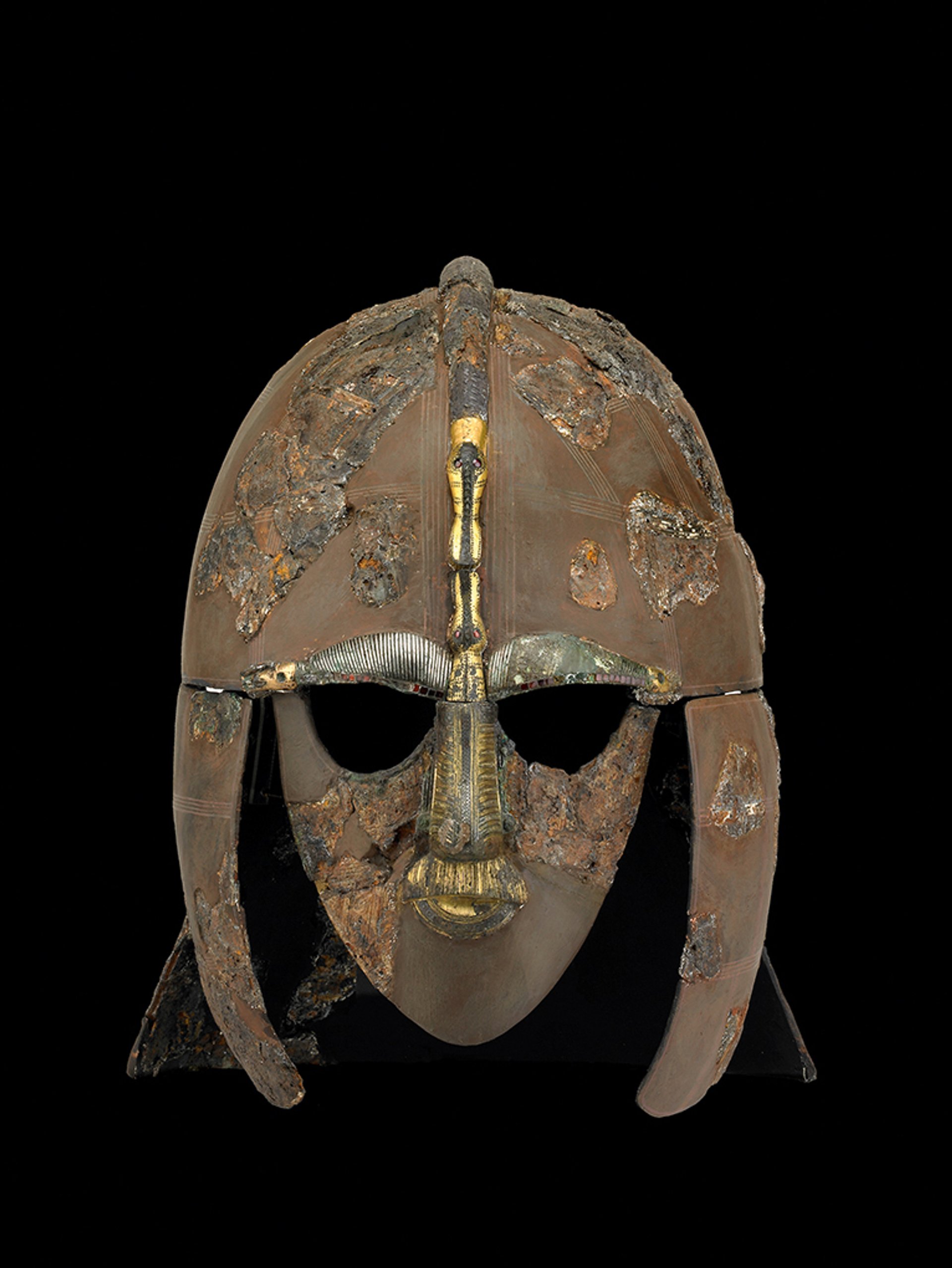
The British Museum’s Sutton Hoo treasures (such as the helmet) are to go on loan to France next year
Image: © Trustees of the British Museum
Internationally, we are following the same approach of deep partnerships. There have been some extraordinary successes—but this is something I am determined to do more of in order to ensure we are living up to our ambition to make the British Museum collection the most accessible and most shared in the world. We are proud of our pioneering partnerships, from the Kumasi Palace in Ghana to the History Museum of Armenia, and the historic cultural exchange next year of the Bayeux Tapestry, which mean that some of our greatest treasures from Sutton Hoo will be seen by brand-new audiences in museums in Normandy.
On top of this we are engaged in research projects in Girsu in Iraq, an archaeological excavation in Benin City in collaboration with the Museum of West African Art (MOWAA) and with partners around the world. Furthermore, our International Training Programme allows us to share knowledge, best practice and to train the next generation of curators from all around the world to help protect heritage globally—and we were delighted to host them again at the museum this summer. We are also immensely proud of our groundbreaking, collaborative, cross-cultural and co-curated projects with Chhatrapati Shivaji Maharaj Vastu Sangrahalaya (CSMVS), which have resulted in critically acclaimed exhibitions in both London and Mumbai.
A story still being written
The British Museum Ball will explicitly reflect and celebrate this international aspect of our work—with funds raised going towards it. To my mind the international is not separate to what we do in London and the UK. They are both intrinsic to the British Museum: a place uniquely able to tell a global story of our common humanity; a place where cultures meet, across geographies and generations, where people from every corner of the earth come to visit; a place that reminds us of our connections—in a world that sometimes feels determined to pull us apart.
And I want the Ball to represent that spirit too.
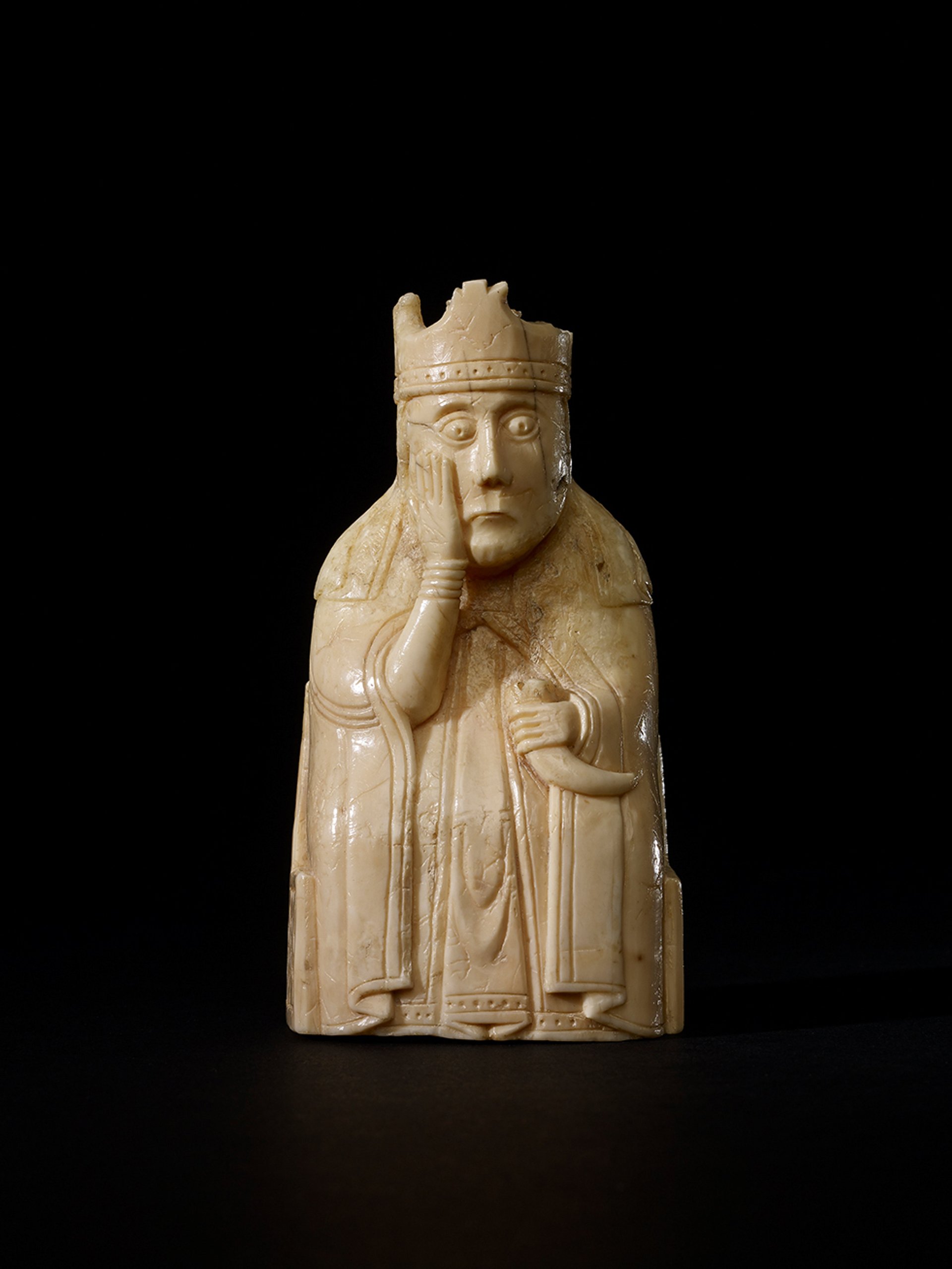
The British Museum is to lend a group of the Lewis Chessmen (queen pictured) to France next year
Image: © Trustees of the British Museum
The British Museum is a living diary of humanity, whose story is still being written. We see our collection of eight million objects as ambassadors from our shared world, each with a story to tell and with a conversation to start.
Whether through the Ball, our masterplan, our national agenda or our international partners, we are reaffirming and re-committing to our role as the most open, accessible and connected museum.
It is a place not only of the past, but of the future too—a beacon, not a bastion, an agora not a storeroom—a place that reminds us that culture, which is shared and celebrated, really does have the power to bring us all together.


